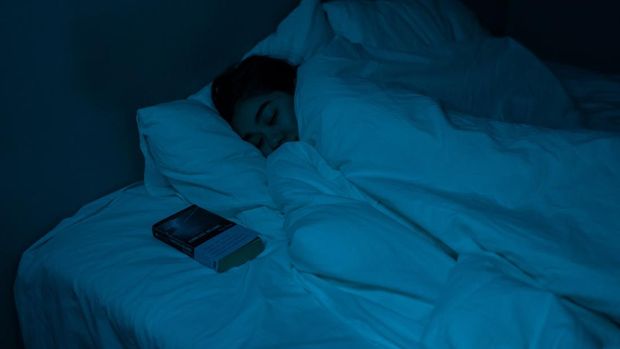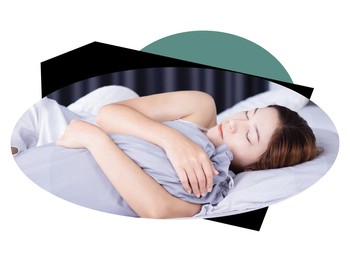For someone who often feels uneasy being in complete silence, I learned how I found white noise is essential to help me get to sleep. By definition, white noise is a heterogeneous mixture of sound waves extending over a wide frequency range, or in other words, constant background noises that drown out other sounds. Think of a whirring fan, radio static, humming air conditioner, or air purifier.
During our snooze time, our brains continue to process sensory stimuli. This indicates that some sounds like our partner's snoring, dogs barking, or cars passing by outside your house can easily lead to a restless night. The reason why these noises can wake us up is not exactly because of the noise itself, but rather the sudden change in noise. This is where the white noise comes in handy because it allows our brains the benefit of a more consistent sonic environment.
However, white noise is not the only what I would call, sleeping noises there ever to exist, but there are also pink noise and brown noise. It is said that pink noise is almost similar to white noise, the difference is that pink noise has reduced higher frequencies. Pink noise resembles the sounds of steady rainfall, rustling leaves, and crashing waves, which is often considered to be more soothing than white noise. Meanwhile, brown noise is deeper and stronger at the low end of the sound spectrum and doesn't contain any high-frequency sounds. Even though brown noise is not a common option for sleeping noises, it can help certain people with concentration.
 Ilustrasi tidur/ Foto: Cottonbro - Pexels Ilustrasi tidur/ Foto: Cottonbro - Pexels |
According to Healthline, researchers have found white noise helps people not only to get to sleep but also stay asleep. It creates a buffer between outside noise and your eardrums so that it's able to make you sleep peacefully, despite everything that's going on around you. If you develop a habit of using the help of white noise as a sleeping tool, eventually, white noise will signal your brain that it's time to rest.
If you live in the city with all the neverending buzzing sounds from traffic, neighborhood, or even aircraft sounds, these sleeping noises would be super useful for you. A recent study conducted in 2021 found that white noise has significantly improved sleep for people who experience sleep disruption due to high levels of environmental noise. The study concludes how this white noise tool may be an effective instrument in helping people who live in metropolitan areas to sleep.
However, just like other things in an excessive amount, white noise that surpasses the safe decibels can cause severe harm to our hearings. A 2018 review of a paper in the Journal of American College of Cardiology showed that people who are exposed to noise, stand the risk of developing one or more of coronary artery disease, arterial hypertension, stroke, and even heart failure. This is because noise increases the flow of stress hormones into the bloodstream, such as cortisol, adrenaline, and noradrenaline. The higher the level gets, the higher the chance it will bring damage to our body.
 Ilustrasi tidur sambil dengar musik/ Foto: Andrea Piaquadio/Pexels Ilustrasi tidur sambil dengar musik/ Foto: Andrea Piaquadio/Pexels |
The loudness of a sound is measured in decibels (dB). Leaves rustling is about 30 dB, heavy traffic is about 90 dB, and a loud punk concert is about 120 dB. Generally speaking, sounds above 85 dB are harmful to the ears. Underlining this reason, it is highly important to make sure that the noise levels remain within the safe range, which is 50 dB to 65 dB.
There's nothing in this world like a good night's sleep, not only it will provide you with the rest that your mind and body need, but it is also crucial for every function of our organs. In regards to that, utilizing sleeping noises to help you rest might not be a bad idea as long as you are not being exposed too close to these noises.
(MEL)

